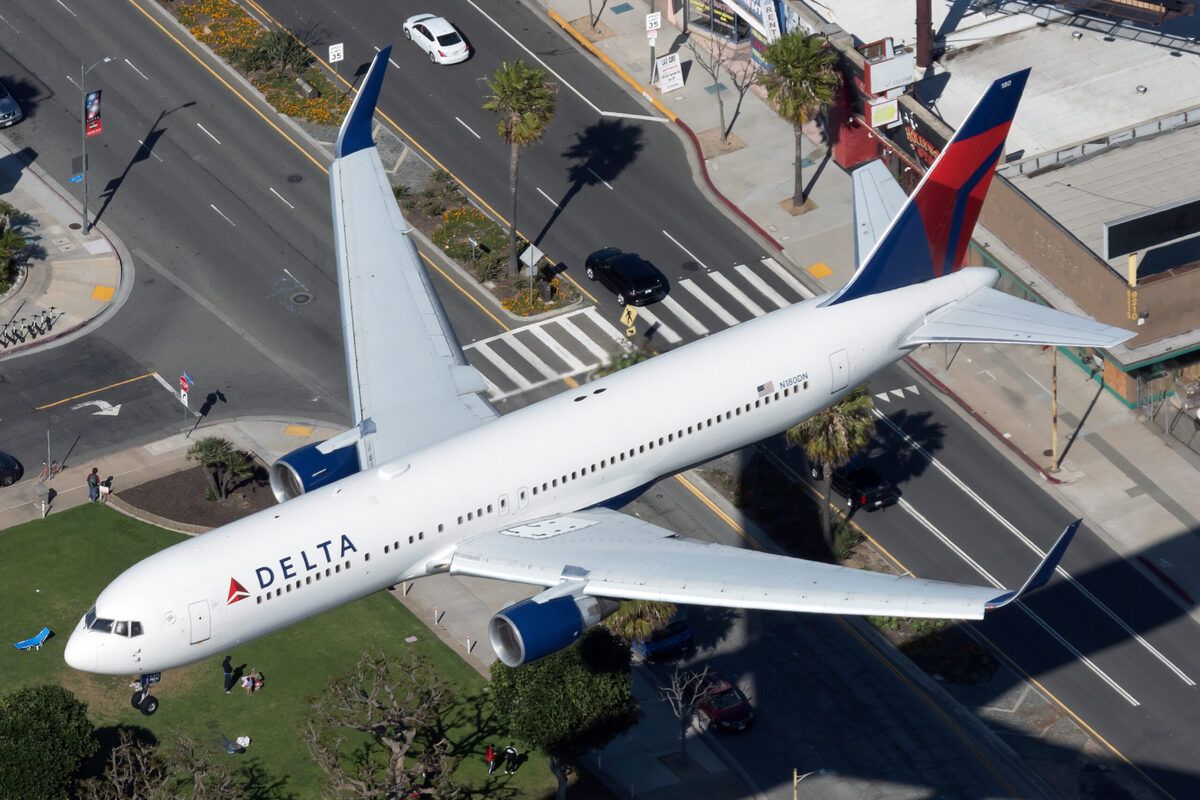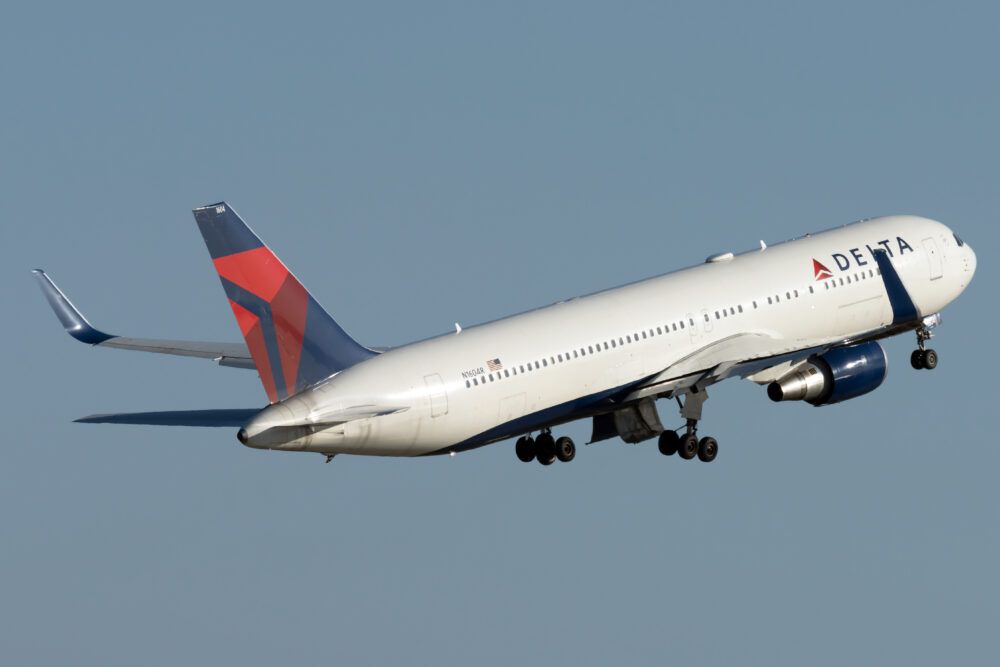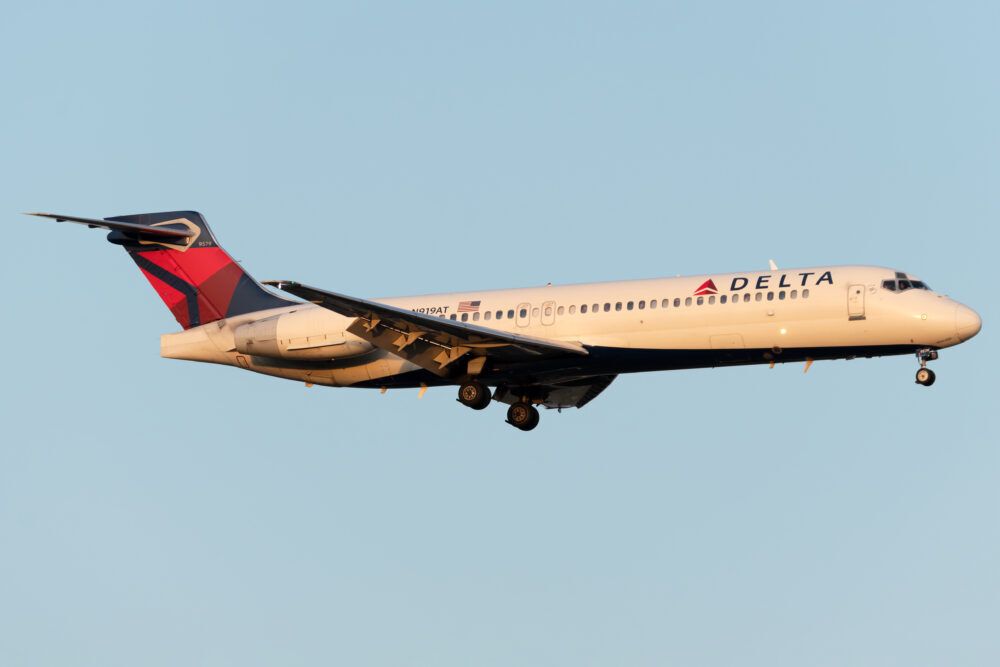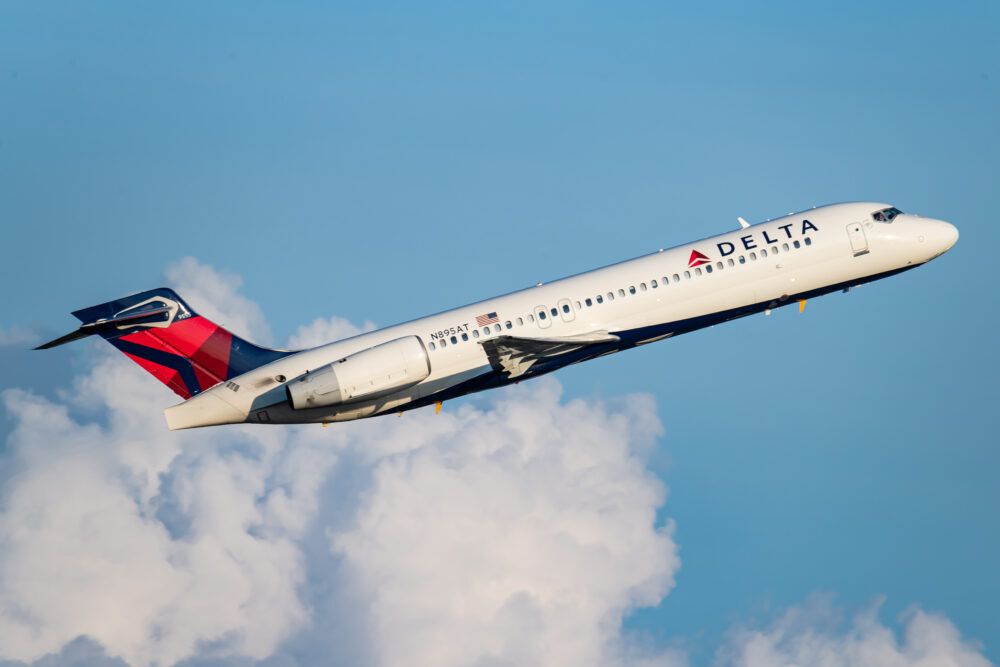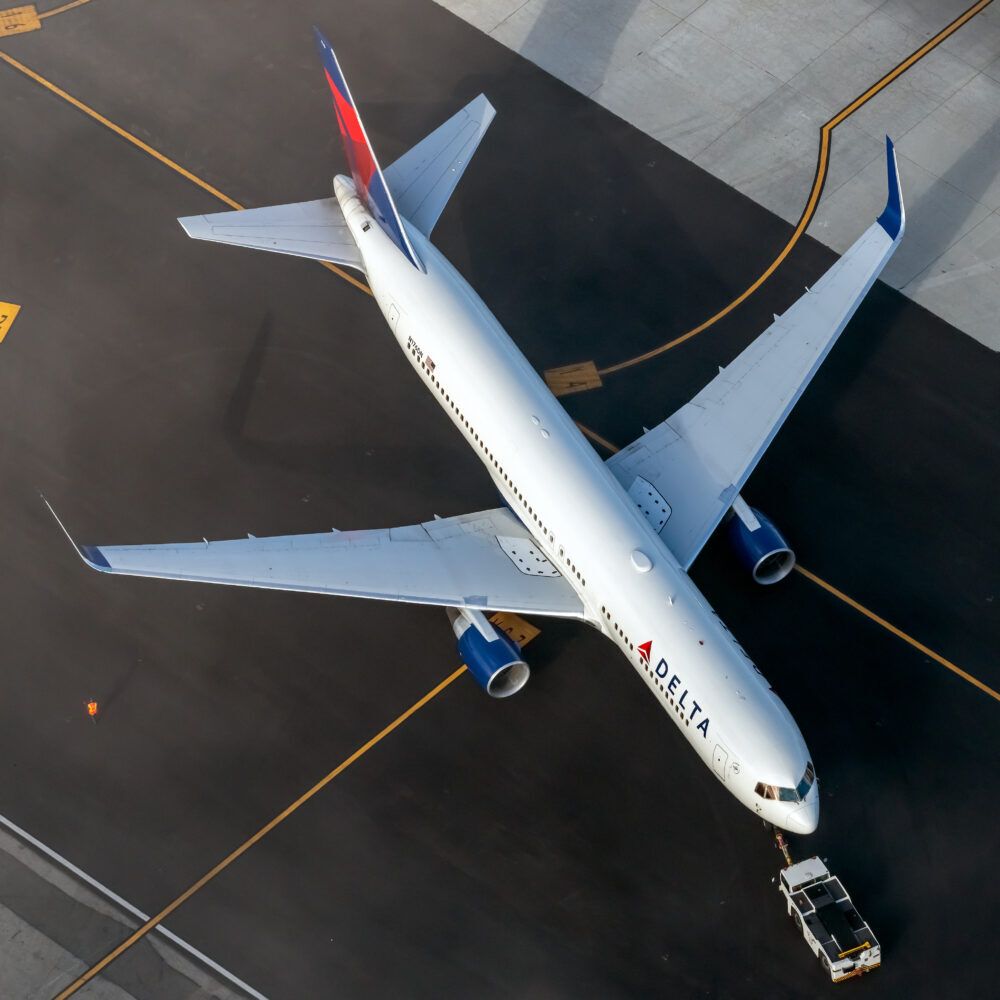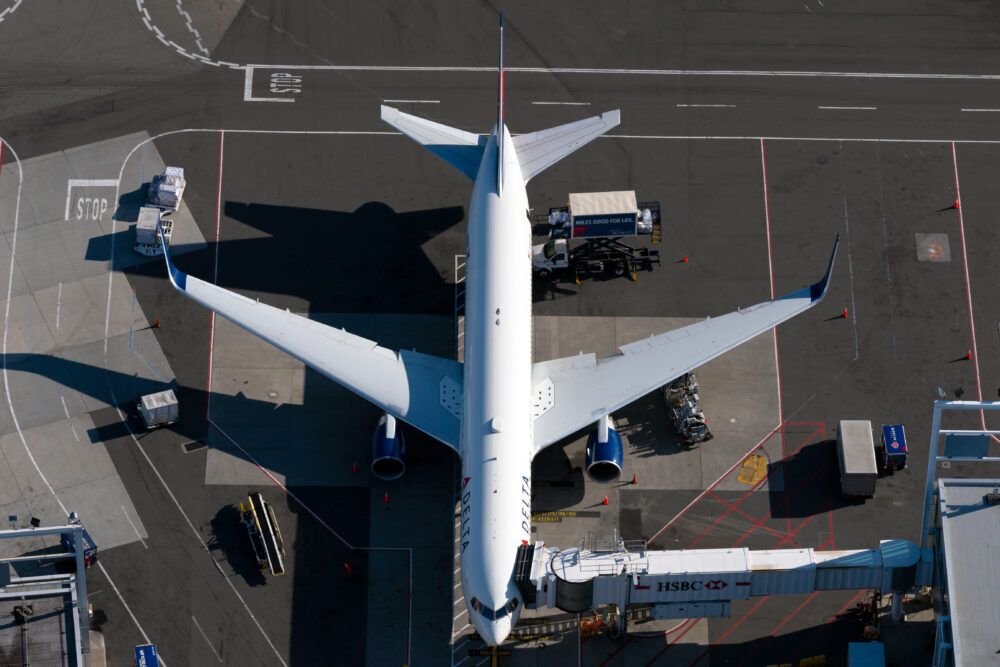Delta Air Lines may be seeing some much better days with the crisis subsiding, but it is still planning on remaining flexible. To figure out how the airline is thinking about the recovery and where things stand, there are two fleets to watch: the Boeing 717s and the Boeing 767-300ERs.
The fleets are flexible
Delta Air Lines has always sought to keep some semblance of flexibility with its fleet – even during the crisis. While it really did not need all that flexibility in 2020, in early 2021, its biggest flexible point on capacity was the middle seat block. It pulled this lever in May when it ended its blocked middle seat policy. Now, it is the Boeing 717 and 767-300ER.
Gary Chase, one of Delta's interim Chief Financial Officers following Paul Jacobson's departure, stated the following on the airline's fleet flexibility on the carrier's second-quarter earnings call:
"We have a lot of additional optionality in our fleet plan to flex capacity – up or down – at low cost depending on the shape of the recovery. Our 717 and 767 fleets are our largest levers. We're still flying these fleets at scale today and could retire additional units, or reactivate parked aircraft, to meet higher demand scenarios."
Delta's Boeing 717 and 767-300ERs
These two aircraft could not be more different in terms of their missions. The Boeing 717 is a short-haul aircraft that Delta traditionally deploys for routes that are two hours or less in flying time. The Boeing 767-300ER, while it does run domestic flights, is a significant part of the airline's long-haul international fleet, flying to partner hubs and to destinations where demand does not warrant a larger aircraft, like Dubrovnik in Croatia.
Both of these aircraft are slated for retirement. Delta outlined last September plans to retire all of these aircraft by December 2025. It has made some pretty significant progress on removing those jets from service, but it has plenty of options with both aircraft.
Data from ch-aviation.com shows the carrier has 50 active Boeing 717s with 18 aircraft parked. As for the 767s, data from the same shows the carrier is actively flying 33 767-300ERs with 15 jets parked.
What to make of the Boeing 717s coming back
If the Boeing 717s come back, it will be to power the ongoing domestic recovery of the airline. These jets are primarily flying short-haul markets out of hubs. These planes could also help the carrier boost its frequencies between key cities such as between Atlanta and Washington D.C., Atlanta and Houston, Detroit and Charlotte, and other key routes.
Delta still has some room to go on utilizing its domestic fleet of narrowbodies like the Airbus A220, A321, or Boeing 737. Still, if it needs to fill in gaps at other hubs or needs smaller aircraft to play a frequency game, with only 50 Airbus A220s currently, the Boeing 717s are Delta's next best bet.
The Boeing 767s and international markets
While the Boeing 767-300ER has been making the rounds across the domestic market, fewer domestic routes pre-pandemic reliably received service onboard this widebody. The 767-300ER is a primarily international workhorse for Delta.
The Boeing 767-300ERs pose a little bit of a problem for Delta. While the carrier has released plans to retire the jets, it does not have a replacement for the aircraft. As Delta's smallest widebody by capacity, the carrier has used the jets to unlock some more niche routes.
The Boeing 767-300ER can be found flying from New York to Dakar, Atlanta to Anchorage, New York to Bogota, New York to Dubrovnik, etc. On these routes, Delta does not have a perfect, suitable replacement.
The closest existing option to replacing the 767-300ER would be for Delta to use the A330-900neos to displace some capacity flown by the Boeing 767-400ER or Airbus Airbus A330-200 to cover for some, but not all, of Delta's 767-300ER routes.
If the international recovery occurs faster than Delta anticipates, those 767-300ERs are going to come in handy. This is especially true if Delta wants to keep serving its breadth of nonstop flying, though it has not shown hesitancy in the past of cutting nonstop service in favor of funneling passengers through a partner hub.
Stay informed: Sign up for our daily and weekly aviation news digests.
Will these planes come back?
Delta's flexibility on both fleets comes just after Delta firmed up plans to take 29 Boeing 737-900ERs and seven Airbus A350-900s. All of the jets are used and will be delivered by early 2022, and these aircraft can help fill in the gaps for the missions the Boeing 717 and 767-300ER can do.
Delta will still be flying the 717 and 767 for at least the next four years. However, it is unclear if it will need those fleets a few years from now. If Delta does not need a large number of those jets, it could delay the retirement of the aircraft until it gets more of the aircraft it needs to replace the types suitably.
Regarding the Boeing 767-300ER, one aspect to look at will be how many of the planes Delta retrofits over the coming years. It plans to add a true premium economy product to the aircraft, though it will not completely retrofit the business class cabin. There will be some cosmetic upgrades, but the airline will not be putting the seats on the Boeing 767-400ERs on this aircraft.
This indicates that the airline plans to fly the aircraft for a long enough time to justify the additional cabin for international class offering standardization, but not long enough to justify the cost of retrofitting the existing business class cabin with a new product.
Ultimately, it is too soon to tell now what Delta will do with those jets. If it decides it does not need those jets and is content with the aircraft additions over the next few years, then the carrier will retire the aircraft. Alternatively, if the global recovery stalls or international borders remain closed for a longer period of time, then retiring those jets could be the way to go. Regardless, wait and watch to see what Delta does with both fleets.
What do you think Delta should do with its Boeing 717s and 767-300ERs? Let us know in the comments!

